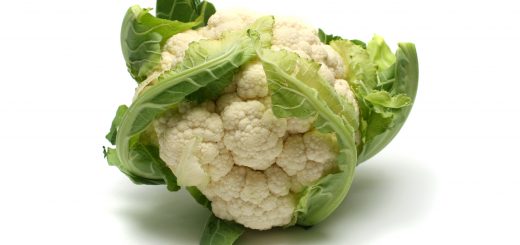You can love eggplant too!
You can love eggplant too!
All it takes is a little understanding.
By Carmelo Sigona
I love turning people on to new dishes and broadening their gastronomical horizons. Eggplant is one of those items that is so easy to incorporate into dishes – it just takes a little understanding.
It’s my hope that we can pique your interest in trying this truly unique (and one of my favorite) Middle Eastern, Asian and Italian go-to vegetable.

The American, or purple, eggplant is the most common variety. It’s large and pear-shaped with a dark purple skin.
Eggplant is generally available year-round, but local eggplant is in season now. We’re currently bringing in American, or purple, eggplant from Delgado Farms in Fresno and they’re on sale for 99¢ each (reg. $1.99 ea.).
Have you tried eggplant before, only to find it too greasy or mushy? Eggplant is like a sponge: it’ll soak up any flavor, but also soaks up as much fat as you give it. So if you are breading and frying eggplant in lots of oil, you’ll end up with a greasy, usually unappetizing mess. Grilling, roasting or broiling is really the way to go with eggplant.
Simple grilled eggplant lends itself to a wide array of uses. You can eat it as is, dice it for a caponata served over pasta or brown rice, roll it up with mozzarella and marinara and bake it, or create the ever-so-tempting Moussaka, a classic Greek dish made by layering eggplant with a spiced meat filling then topping it off with a creamy béchamel sauce and then baked until golden. Remember to check out a few of our recipes here.
There are several varieties of eggplant, including the familiar purple (what you might refer to as ‘regular eggplant’), the Japanese, the Italian, the Chinese, the white, and so on. They all vary slightly in flavor, texture and appearance, though they all have a spongy texture and a slight, or, a “whisper of bitterness that adds to the taste rather than ruining it” as says Russ Parsons, the author of How to Pick a Peach. But simply put, the nature of the eggplant is to absorb the flavors of the dish in which it’s featured.
The common American variety, with its large pear-shaped body and glossy, dark purple skin, has been referred to as a ‘vegetarian’s delight’ as it has a more hearty, almost meaty, firm texture, making it a suitable meat substitute in many dishes. The Japanese eggplant is smaller, more slender and tender than the American variety; some say it is similar to a chubby cucumber in appearance. This variety is a little sweeter than the American eggplant and, seed-wise, the Japanese has fewer all-round. The easiest way to tell the difference between American and Japanese eggplant, aside from the general shape, is the color of the skin and calyx, or the leafy part that connects a fruit or vegetable to its stem.
The calyx of a Japanese eggplant is true purple, just like its skin, where as the calyx of an Italian or American eggplant is green. The Italian eggplant is similar to the American eggplant except that it’s more short and squatty…just like most Italians. OK, fine. Just like most Sicilians, too. The skin of Italian eggplant is also a deep purple, but it thinner and delicate. The Chinese eggplant is long with an almost teardrop shape. It’s a bit sweeter in taste than an American eggplant, and has a lighter purple color with a dark greenish-purple calyx.
Occasionally we’ll carry the Hindu or Indian eggplant. This variety looks like a baby eggplant and is about the size of an egg. It tastes similar to the American and Italian eggplant.
It might surprise you to know that eggplant, while most commonly found under the vegetable category of many cookbooks or reference books, is actually a fruit. It’s distantly related to tomatoes, peppers and potatoes as part of the nightshade family. Health-wise, eggplant is a diet-friendly food in that it is a good source of fiber, potassium, which helps heart and muscle function, copper, vitamins B1 and B6, which aids in carbohydrate, fat and protein metabolism, magnesium, niacin and manganese, which is helpful for healthy bones, cartilage and skin.
Eggplant fan or not, I encourage you to try a few of these tried and true eggplant recipes. Remember, because its flesh acts like a sponge, eggplant absorbs any flavor or oils around it, adding another level of flavor to the dishes in which it’s featured.











